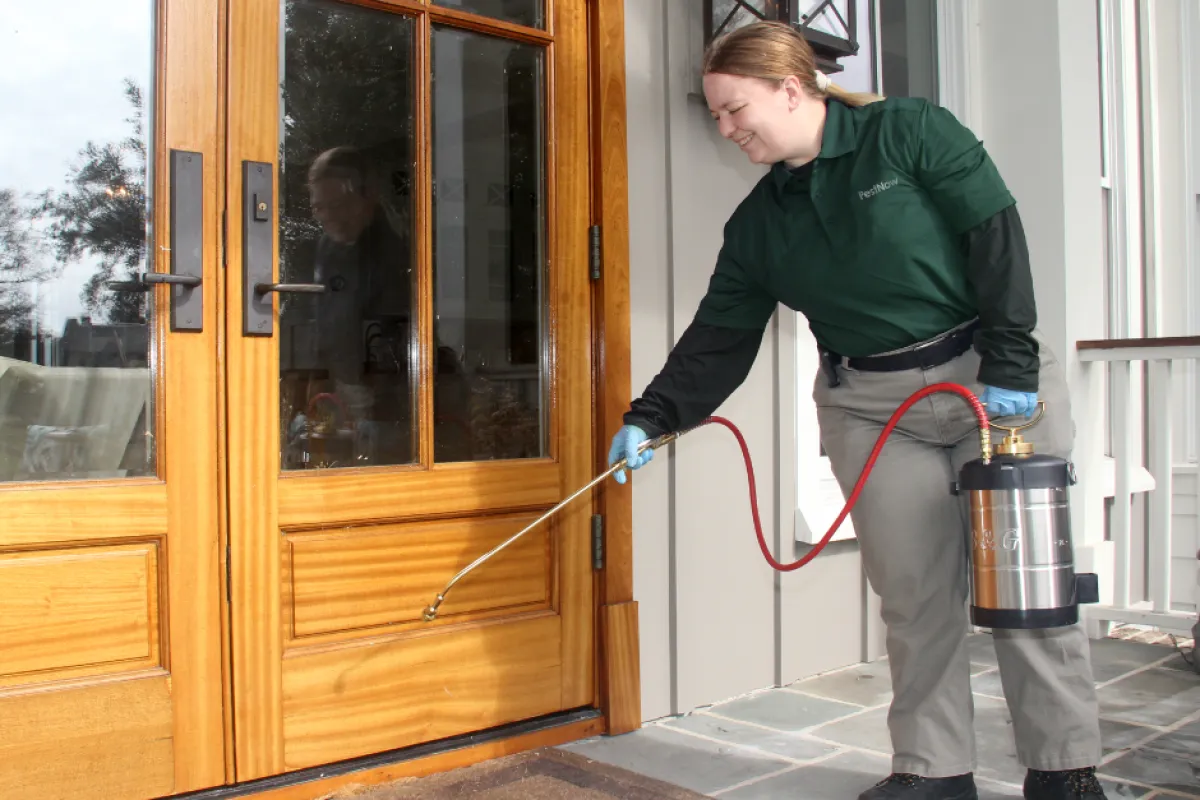Protect your home safe with Pest Control and stop future infestations.
Eco-Friendly Parasite Control Approaches for Managing Wildlife in Urban Areas
Urban areas often discover themselves at the crossway of human task and wild animals, leading to unique difficulties in bug management. These methods not only secure the setting yet also improve community engagement in wildlife management. As urban populaces proceed to expand, comprehending the characteristics of wild animals interactions comes to be increasingly essential.
Recognizing Urban Wildlife Dynamics
Understanding Urban Wild animals Dynamics is necessary for establishing reliable and green bug control methods. Urban areas are progressively becoming habitats for different wildlife types, driven by factors such as environment fragmentation, food accessibility, and human advancement. Recognizing these characteristics enables a nuanced method to pest monitoring that lines up with eco-friendly principles.
Urban wild animals typically includes varieties such as raccoons, squirrels, and birds, which adapt to city settings, locating specific niches in environment-friendly rooms, parks, and even houses. Their visibility can cause disputes with people, specifically when they exploit human resources for food and sanctuary. Understanding the habits and ecological functions of these types informs strategies that lessen adverse interactions while promoting biodiversity.
Additionally, acknowledging the interdependencies within city ecological communities helps in determining essential locations for environment preservation and restoration. This understanding adds to the advancement of integrated insect administration (IPM) strategies that think about the environmental balance, therefore decreasing dependence on hazardous chemicals. By promoting coexistence between people and city wildlife, cities can develop healthier environments that benefit both locals and neighborhood ecological communities, leading the way for sustainable city living.
All-natural Repellents and Deterrents
Natural repellents and deterrents offer a sustainable option to standard pest control techniques by taking advantage of the power of nature to maintain undesirable varieties away. These environmentally friendly remedies normally utilize plant-based components, essential oils, and various other normally taking place substances that prevent pests without harming the setting.
One effective natural repellent is peppermint oil, which is understood to drive away rats and pests. Its solid aroma is undesirable to several insects, making it a popular selection for urban settings. Likewise, vinegar and citrus peels can offer as deterrents, as their solid odors are generally unattractive to different wildlife.
In addition, diatomaceous planet is a natural powder that can be spread in locations susceptible to pest activity, effectively drying out and preventing bugs without posturing dangers to non-target species. Additionally, garlic sprays and neem oil are recognized for their ability to fend off a vast array of pests, consisting of both insects and larger wild animals.
Executing these natural repellents not only reduces reliance on chemical pesticides but additionally advertises a much healthier metropolitan ecological community, promoting a more balanced conjunction in between people and wild animals. By using these techniques, metropolitan areas can properly manage pest populaces while minimizing ecological impact.
Habitat Modification Techniques
Reliable habitat alteration methods play an essential function in lasting insect management by changing the atmosphere to make it much less favorable to pest infestations. By understanding the eco-friendly dynamics of city areas, home owners can implement strategic adjustments that hinder bugs while promoting biodiversity.
(Fire ant control Port Charlotte)One primary method involves keeping proper hygiene. This includes routine waste elimination, protecting garbage can, and getting rid of standing water to lower reproducing websites for insects and rodents. Additionally, landscape design practices such as picking indigenous plants can enhance environmental balance, providing habitats for helpful organisms while minimizing sources for bugs.
One more essential method is to seal entry factors in structures. Inspecting and fixing fractures in structures, walls, and windows can considerably reduce bug gain access to. Producing physical barriers, such as fencings or plant buffers, can inhibit wild animals motion into human-inhabited locations.
Integrated Bug Administration Practices
Structure upon habitat modification methods, integrated bug management (IPM) methods use a holistic approach to regulating insect populaces while reducing ecological impact. IPM combines numerous strategies, including organic, social, mechanical, and chemical controls, to achieve efficient parasite monitoring.
Biological control entails the introduction of natural predators or bloodsuckers to decrease parasite populations. Cultural techniques, such as crop rotation and cleanliness, disrupt pest life cycles and diminish their environments - Pest Control. Mechanical controls, like catches and barriers, offer instant remedy for bug stress without chemical intervention
Chemical controls are used as a last option, concentrating on targeted applications that limit injury to non-target types and the setting. The option of ecologically friendly chemicals, when necessary, is essential to the IPM structure. In addition, keeping track of parasite populations and assessing possible damage helps educate decision-making, ensuring that interventions are timely and effective.
Area Participation and Education

(Barn Fly Control)Workshops and informational sessions can outfit residents with understanding about native varieties, habitat conservation, and reliable safe pest management strategies. Partnership with schools, regional companies, and federal government companies further boosts academic outreach, making sure that important details reaches varied target markets.
Additionally, community-led campaigns, such as neighborhood clean-up days and environment repair projects, not just advertise biodiversity yet additionally enhance neighborhood ties. Pest Control. By motivating citizens to share their experiences and monitorings, areas can establish targeted methods that resolve certain neighborhood bug concerns
Incorporating feedback from homeowners into parasite monitoring intends allows straight from the source an extra responsive and adaptive strategy to wild animals difficulties. Ultimately, informed and involved areas are crucial to attaining long-lasting success in environment-friendly insect control, causing healthier urban atmospheres that appreciate both human and ecological demands.

Verdict
In final thought, eco-friendly insect control approaches offer sustainable services for handling metropolitan wildlife. By prioritizing environment modification, utilizing all-natural repellents, and executing integrated pest administration techniques, areas can cultivate an unified coexistence with neighborhood animals. Engaging homeowners through education and learning boosts understanding and motivates liable wild animals interactions. Ultimately, these approaches not only safeguard biodiversity however additionally promote ecological health and wellness, guaranteeing city locations remain vivid ecological communities where people and wildlife thrive together.